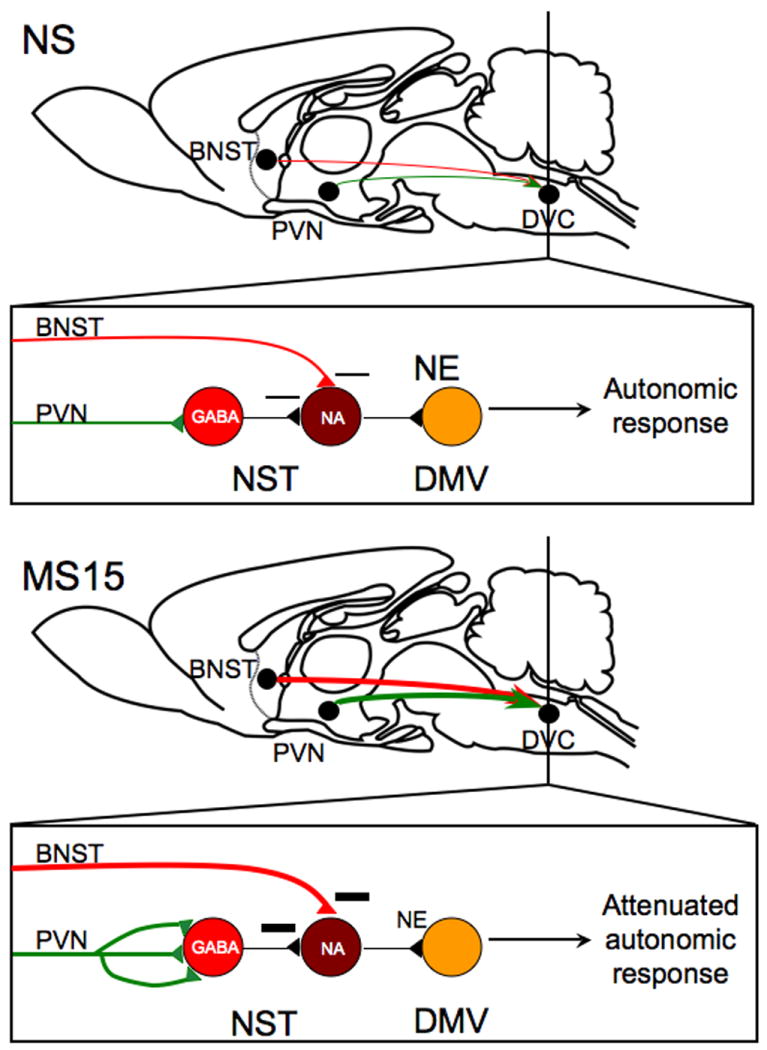Fig. 11. Proposed model for MS15-related alterations in stress-related neural circuits and their potential functional consequences.

Our previous finding that MS15 rats display enhanced circuit strength of PVN gastric preautonomic circuits, taken together with our current finding that MS15 rats display decreased restraint-induced activation of noradrenergic (NA) neurons within the nucleus of the solitary tract (NST), suggests that increased synaptic contacts from the paraventricular nucleus of the hypothalamus (PVN) may primarily target local GABAergic neurons within the NST. Further, our current finding that MS15 rats display increased restraint-induced activation of dorsal vagal complex (DVC)-projecting dorsolateral bed nucleus of the stria terminalis (dBNST) neurons suggests that this descending projection might contribute to decreased activation of NA NST neurons after restraint. These findings support the view that restraint stress may cause less norepinephrine (NE) release within the dorsal motor nucleus of the vagus (DMV) in MS15 rats, which may result in attenuated autonomic responses to stress, perhaps including attenuated inhibition of gastric motility.
